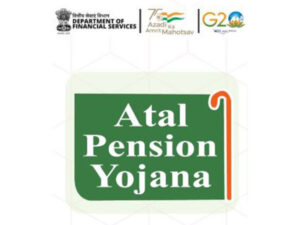Budget strikes right balance between fiscal prudence, stability; will boost growth: RBI Paper
Mumbai, Aug 19 (PTI) The Union Budget strikes the “right balance” between fiscal prudence and macro stability, and strengthens the medium-term growth outlook, a paper by Reserve Bank of India (RBI) staffers said on Monday.
The document presented by Finance Minister Nirmala Sitharaman on July 23 aims to further strengthen the macroeconomic stability and harness the potential in different sectors of the economy, the paper by Aayushi Khandelwal, Harshita Yadav and others published in the central bank’s monthly bulletin said.
“Overall, the Union Budget 2024-25 strikes the right balance between fiscal prudence and macroeconomic stability which should strengthen the medium-term growth outlook,” the paper, which does not represent the institutional views, said.
The document aims at providing a “boost to growth and job creation while pursuing fiscal consolidation”, it added.
Noting the narrowing of the fiscal deficit to 4.9 per cent and the reaffirmation on the broader fiscal consolidation, the paper noted that 2026-27 onwards, the government’s intention is to maintain the number at a level that ensures that the Union government debt as per cent of GDP will be on a declining path.
There is a “special emphasis” on skill development that will improve employability and job opportunities for the youth, the paper said.
It also continues the thrust towards capital expenditure with increased allocations and sustained support towards states’ capital expenditure.
It has proposed a simplification of direct and indirect tax regimes, the paper said, noting the increase in securities transaction tax on futures and options to “check the heightened activity” in the segment.
The paper said the Union Budget, the first for the new government, has chalked out an agenda for next-generation economic reforms that are intended to improve the overall productivity and efficiency in the factor markets.
These measures augur well for the medium-term growth prospects, the paper added.
It also noted that the higher receipts from the RBI’s dividend and the same from nationalised banks and financial institutions has helped in the budgeted 15 per cent growth in non-debt receipts.
On the expenditure front, it said railways, and the road transport and highways account for almost half of the budgeted capital expenditure.
The total capex of the Union government and central public sector enterprises increased from an average of 4 per cent of the gross domestic product (GDP) in the pre-Covid period to 4.2 per cent of the GDP in the post-Covid period, it said.
It also seemed to welcome the increase in spending for women-centric schemes, pointing out that there is an 18.9 per cent growth in the gender budget allocations for FY25, of which over half has been allocated towards schemes having 100 per cent allocation for women.
The proposal to develop a taxonomy for climate financing to augment the capital available for projects pertaining to climate adaptation and mitigation will help support India’s climate and green commitments, the paper said.






